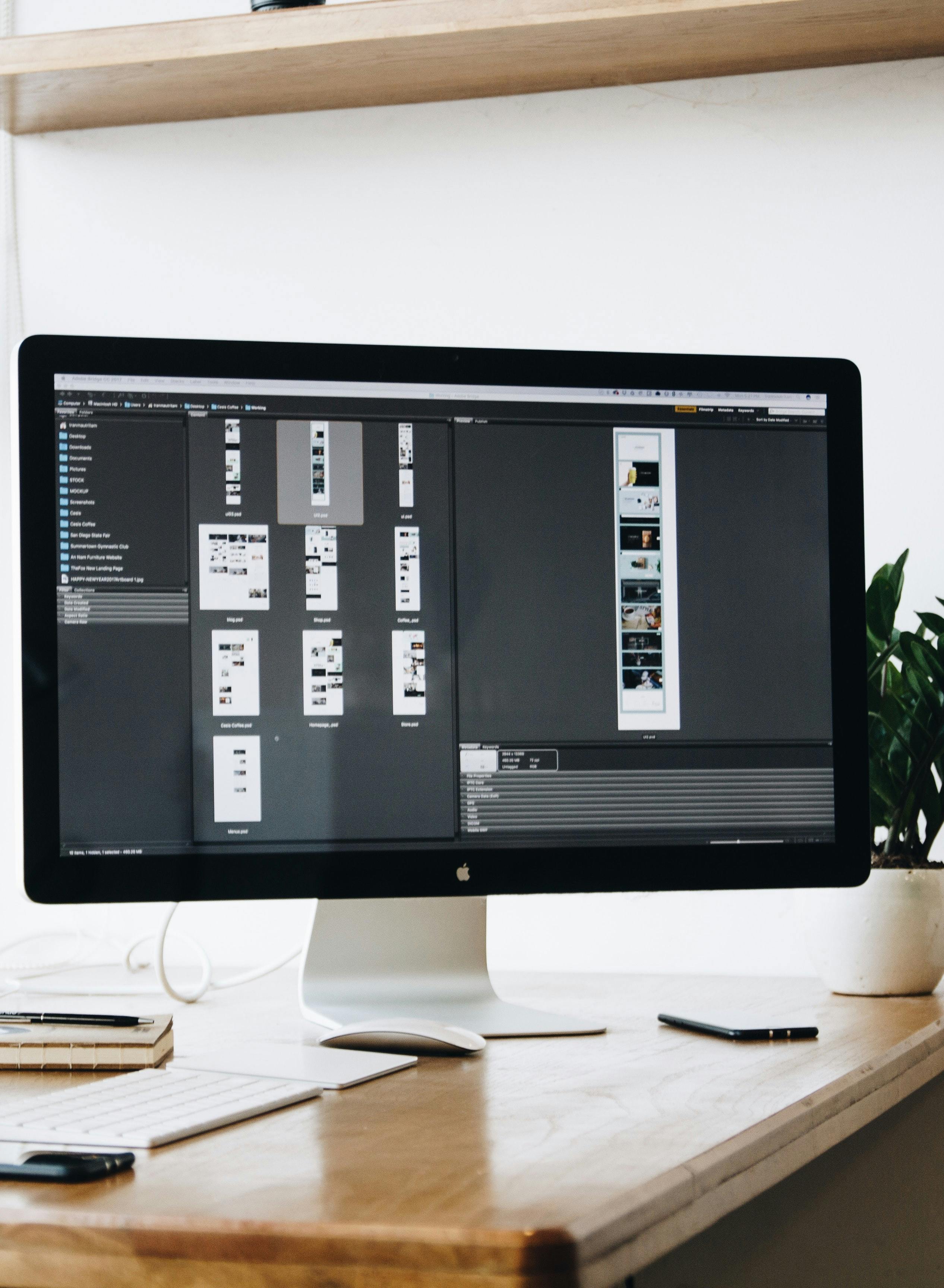Research
The digital experience design process starts with understanding your goals for the experience you are willing to create. To do this, we hold a discovery session with your team, followed by competitor research and the analysis of your future users.


Creating customer personas
Armed with an initial understanding of the background, we proceed to narrow down specific customer personas for the solution. We want to summarize your key customer audience into no more than three specific personalities. For each persona, we define their goals and motivations, their needs, and current behaviors they undertake to achieve their goals. In addition, we want to understand their demographics, buying and media preferences to create a more complete and relatable profile.

Information architecture
Within the next step, we want to create a simple and clear structure for the future solution. This step helps define all the information the user might need and shape it into a MECE (mutually-exclusive-collectively-exhaustive) framework. Information architecture results in creating a hierarchical sitemap, navigation, and understanding of the main content categories.

User journey mapping
At this step of the process, we narrow down the specific goals within the solution for each user and create navigation scenarios for each goal. By breaking down overall user interaction into distinct actions, we are able to understand the changes at every step and channel and address them one by one along the user journey. Once all main scenarios are defined, we put them together to see the big picture of all product interactions.

Creating interactive prototypes
Once the information architecture and user journeys are ready, we proceed to create prototypes to get an understanding of the look and feel of the product. These prototypes help stitch the overall design work together, find any inconsistencies, and improve on the original idea.

Design
At this stage, we implement user interface designs (often called high fidelity prototypes). Here, we align your product to brand design guidelines (colors, typography, icons, and important visual elements). We also define how the product will change for different channels, screen sizes, and platforms within different user interactions. Effectively, we want to create a consistent framework for future product design evolution.

User testing
When the first version of the product design is completed, we validate these designs with actual future users. We want to test the designs, understand whether they work as we initially intended them to, and collect the feedback. This may be done either with interactive prototypes of completed solution through interviews, interactions with designs, or using multiple available analytics tools that allow for user behavior tracking. The artifacts for this step are the understanding of whether the design is able to achieve its goals and recommendations for improvements.
Let's talk
Drop us a line & we will get back to you soon!

